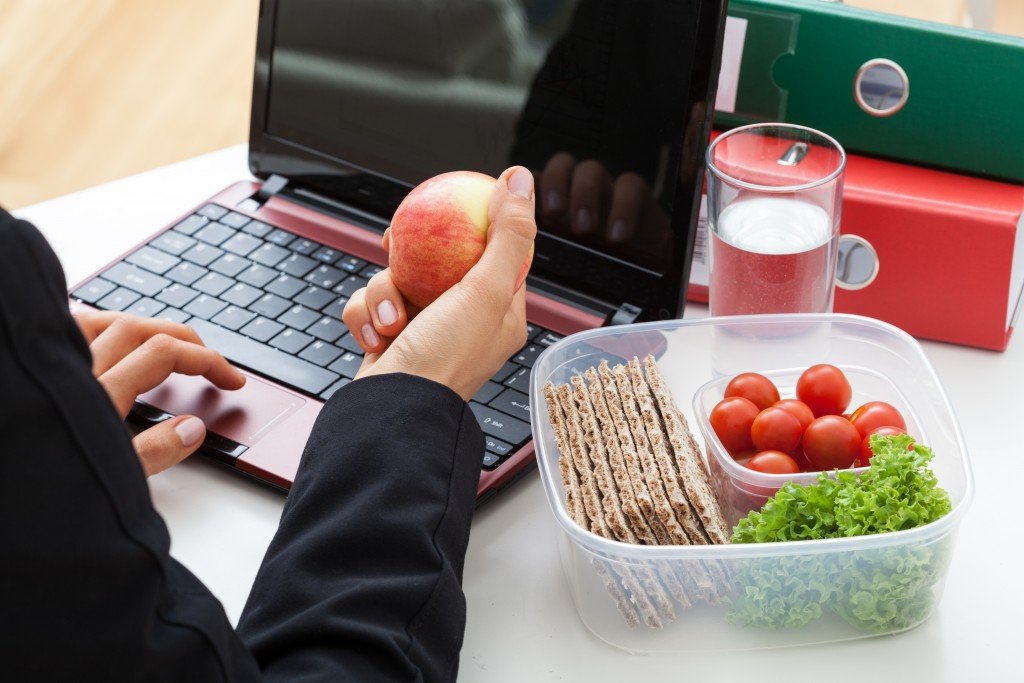Health And Wellness In today’s fast-paced society, staying fit and healthy while managing a busy work schedule can feel nearly impossible. With back-to-back meetings, tight deadlines, and constant digital distractions, our wellness often takes a backseat. However, neglecting our health at work can lead to chronic fatigue, decreased productivity, and even serious medical issues in the long term. That’s why prioritizing health and wellness at work is more important than ever. This article explores practical and achievable strategies for staying physically active, mentally strong, and emotionally balanced—even in the middle of a hectic work environment.
Why Health And Wellness At Work Matter

The Modern Workplace and Health Risks
Most jobs today involve sitting for long periods, often in front of a computer screen. This sedentary lifestyle is associated with numerous health risks including weight gain, cardiovascular problems, musculoskeletal disorders, and even mental health challenges like stress, anxiety, and depression. Working in high-pressure environments without breaks or proper self-care routines only intensifies these problems.
The Benefits of Wellness in the Workplace
When you prioritize your wellness at work, you’re not only taking care of your health—you’re also enhancing your professional performance. Healthy employees tend to have higher energy levels, improved focus, better decision-making skills, and greater overall job satisfaction. Companies that support wellness often see reduced absenteeism, increased morale, and stronger team dynamics.
Practical Fitness Strategies You Can Do at Work
Morning Movement Before You Clock In
Start your day with a light workout. You don’t need an hour at the gym—even a 10-minute stretch, short jog, or home yoga session can activate your body and boost your mood. This morning ritual not only wakes up your muscles but sets a positive tone for the day ahead.
Take Active Breaks
It’s tempting to sit in the same spot all day, but short active breaks can make a big difference. Every hour, stand up and stretch your body, take a brisk walk around the office, or do a few bodyweight exercises like squats or calf raises. These quick activities increase blood circulation and refresh your mind.
Try Desk Exercises
Even at your desk, you can sneak in subtle movements to stay active. Stretch your arms and shoulders, rotate your ankles, do seated leg lifts, or contract your core muscles. These mini exercises improve flexibility, reduce tension, and help prevent common office injuries like neck or back strain.
Opt for the Stairs
Instead of taking the elevator, choose the stairs whenever possible. It’s a simple habit that strengthens your legs, improves cardiovascular health, and burns calories—no extra time commitment needed.
Use a Standing Desk
If your workplace offers standing desks, take advantage. Alternating between sitting and standing reduces back pain, improves posture, and keeps your metabolism more active. You can even add a footrest or balance board for increased movement throughout the day.
Eating Healthy at Work

Plan Your Meals and Snacks
Bringing your own lunch and snacks to work gives you control over your nutrition. Opt for balanced meals with protein, complex carbs, and healthy fats. Keep fruits, nuts, or yogurt on hand to avoid vending machine temptations.
Stay Hydrated
Dehydration can lead to fatigue, headaches, and reduced concentration. Keep a reusable water bottle on your desk and set reminders to take sips throughout the day. Herbal teas or infused water can add variety without adding sugar.
Avoid the Sugar Trap
Office snacks, birthday cakes, and coffee loaded with cream and sugar can quickly derail your wellness goals. Limit sugary treats to occasional indulgences and be mindful of hidden sugars in packaged snacks.
Mental Wellness at Work
Manage Stress Proactively
Stress is a silent productivity killer. Instead of ignoring it, address it early with stress-reduction strategies such as deep breathing, journaling, or listening to calming music. Identify stress triggers and find healthy ways to manage them.
Take Mental Breaks
Short mental breaks are just as important as physical ones. Step away from your desk, look out a window, or practice a brief mindfulness session. Even a five-minute pause can help reset your brain and improve focus.
Practice Gratitude
Gratitude has been shown to improve overall well-being and happiness. Keep a small notebook where you write down one thing you’re grateful for each day. This simple habit can improve your mood and outlook at work.
Build Supportive Relationships
Having friends or positive coworkers at work creates a support system that can buffer against stress. Engage in meaningful conversations, show empathy, and participate in team-building activities to strengthen workplace connections.
Create a Healthy Work Environment

Organize Your Workspace
A cluttered desk can lead to mental clutter. Keep your workspace tidy, add personal touches like a plant or family photo, and maintain a comfortable posture with ergonomic equipment to support your body throughout the day.
Set Boundaries
Overworking and burnout often stem from blurred work-life boundaries. Set clear start and end times for your workday, and try to disconnect from work emails and messages during personal time. Boundaries protect your time, energy, and health.
Advocate for Wellness Programs
If your company offers wellness initiatives, participate! These may include gym memberships, wellness challenges, health screenings, or meditation sessions. If no programs exist, suggest ideas to management that promote employee health.
Wellness Tips for Remote Workers
Establish a Daily Routine
Working from home can blur the lines between personal life and professional tasks. Create a structured routine that includes a start time, breaks, and a firm end to your workday. This helps maintain mental and physical balance.
Separate Work and Home Spaces
Designate a specific space in your home for work. Avoid working from your bed or couch, which can affect posture and productivity. A proper desk setup keeps you in “work mode” and encourages healthy habits.
Schedule Movement Breaks
Without the natural breaks of an office environment, remote workers must be intentional about moving. Schedule calendar reminders for stretching, walking, or exercising—even a few minutes per hour helps.
Long-Term Strategies for Workplace Wellness
Set Personal Health Goals
Define what wellness means to you and set achievable goals—like drinking more water, doing 20 minutes of exercise daily, or improving your posture. Track your progress to stay motivated.
Continue Learning
Stay up to date with health and wellness trends. Follow experts online, read books, or attend wellness workshops to learn new techniques for staying healthy and balanced.
Celebrate Small Wins
Health is a journey, not a destination. Celebrate your progress, whether it’s completing a week of daily walks, drinking enough water, or saying no to unhealthy snacks. Small wins build momentum.
Also Read : How To Improve Heart Health With Diet And Exercise
Conclusion
Staying fit and healthy in a busy work environment is absolutely possible—it just takes a bit of intention and consistency. You don’t need to overhaul your entire lifestyle overnight. Start small, focus on sustainable changes, and make wellness a natural part of your day. Whether it’s taking the stairs, stretching at your desk, drinking more water, or practicing mindfulness, every step you take contributes to a healthier and more balanced you. Your mind and body will thank you, and your work performance will reflect your renewed energy and clarity.
FAQs
How can I stay physically active if I sit all day?
Incorporate short active breaks every hour, use a standing desk, take the stairs, and try desk exercises like seated leg lifts or neck stretches.
What are some healthy snacks I can bring to work?
Try mixed nuts, fruit, low-fat yogurt, hummus with veggie sticks, whole grain crackers, or hard-boiled eggs for energy without the crash.
How do I reduce stress while working?
Practice deep breathing, take short mental breaks, listen to calming music, journal, or meditate for a few minutes. Don’t hesitate to talk to someone if you’re overwhelmed.
What’s the best way to drink more water during the day?
Keep a reusable water bottle nearby, set hydration reminders on your phone, and try adding lemon, cucumber, or mint to your water for flavor.
Can I work out at my desk?
Yes! Try seated stretches, wrist rolls, calf raises, and core contractions. These small movements improve circulation and reduce tension.
